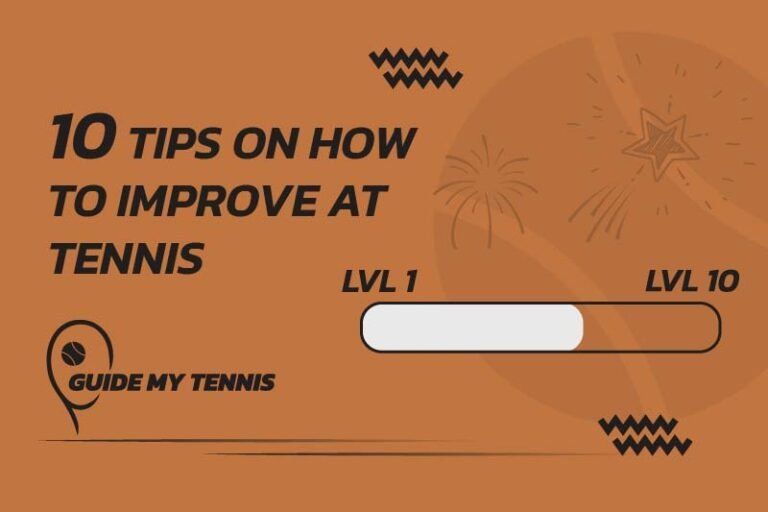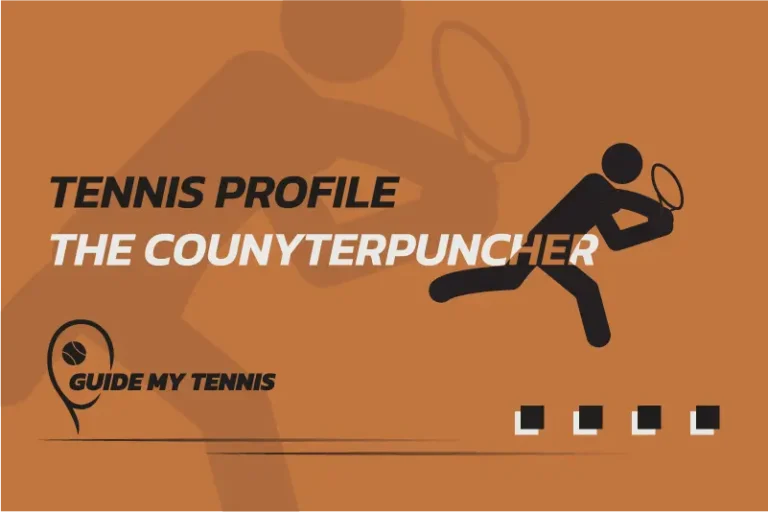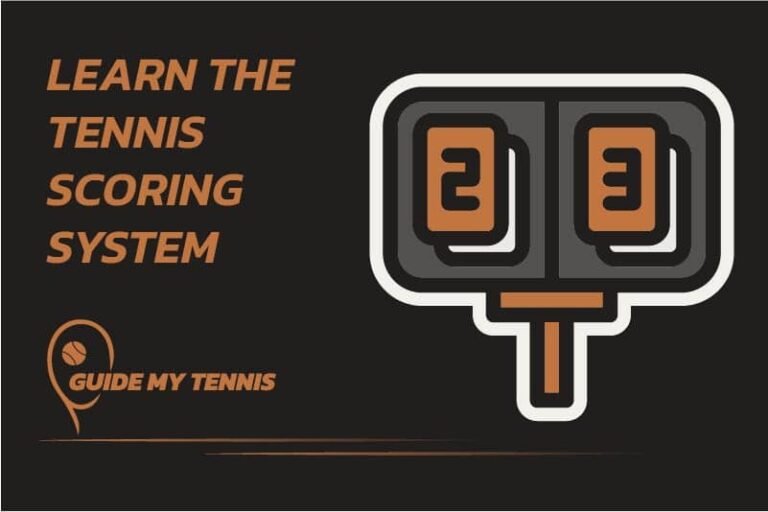How to Achieve the Continental Grip – Tennis Grips Explained
Tennis, a game rich in technique and strategy, offers various ways for players to hold their racket. The way you hold your racket can significantly influence your performance on the court. We will be analysing each grip, exploring how they’re used and the unique advantages they bring to your game, starting with the Continental Grip….
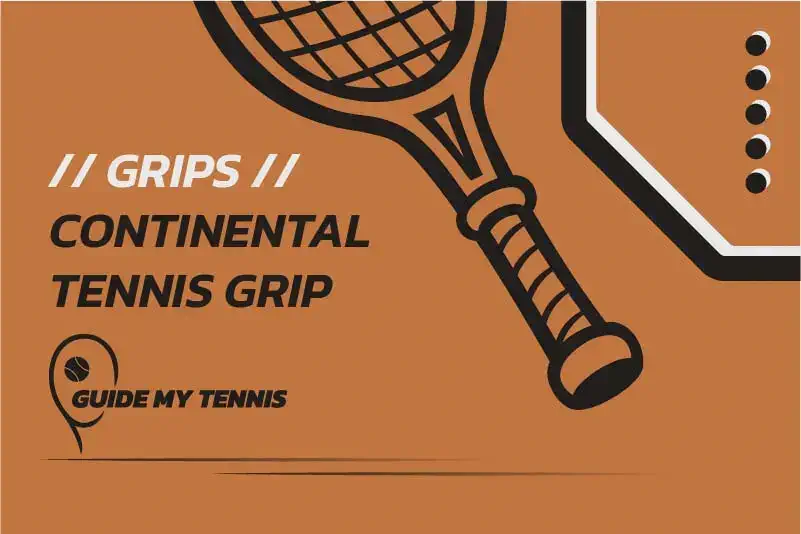
Tennis, a game rich in technique and strategy, offers various ways for players to hold their racket. The way you hold your racket can significantly influence your performance on the court. We will be analysing each grip, exploring how they’re used and the unique advantages they bring to your game, starting with the Continental Grip.
Remember the Bevels
If you look at the tennis racket grip, you may notice that the handle does not take up the shape of a circle. The handle of the racket is octagonal and the reason behind this is because it increases friction and comfort whilst holding the racket. Additionally, the sides of the octagon-shaped handle are referred to as bevels.
Now the placement of the fingers around the bevels enables tennis players to switch between the different grips that exist. However, for ease of reference, we tend to notice the placement of the index knuckle and the heel pad of the hand. Their placement enables tennis players to easily understand the difference between the grips.
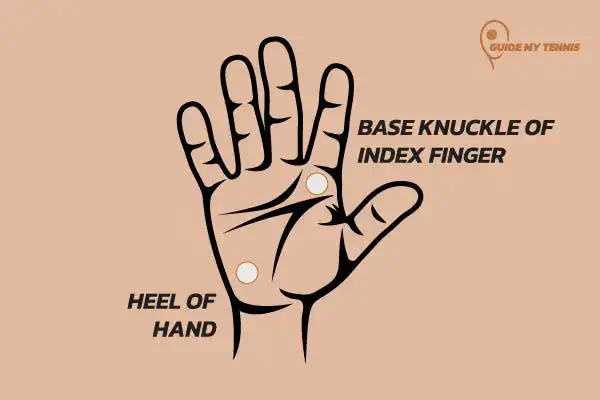

The bevels are numbered 1 through 8 going clockwise for right-handed players while they run counterclockwise for left-handed players. Bevel #1 will be the bevel facing up if you were to hold your racket perpendicular to the ground. This way, even lefties are able to follow this blog.
Did you know… the Continental Grip?
This is perhaps one of the oldest tennis grips that exists. It is achieved by holding the racket the same way you would hold a hammer or an axe. In fact, this is also known as the Hammer Grip or the Chopper Grip.
How do you get the Continental Grip?
The Continental Grip can be achieved by placing your index knuckle on bevel number 2. Your heel pad should also rest on the 2nd bevel, however, people may sometimes opt to place their heel pad on the 1st bevel. Personally, I find the latter to be more comfortable. It allows me to get a better grip on the racket and be more confident when hitting serves, slices and volleys with the Continental Grip.
When wielding your racket, you will have the shape of the letter V across the handle. If this is not the case, then you may be doing it incorrectly.
Which shots use the Continental Grip?
This is very commonly used for serves, volleys, slices and overheads. As a result, this is a type of grip that all players are familiar with. It gives you the basis for some different tools in your tennis arsenal. Shots that can help you dictate the flow of the match if used well.
So yes, the continental grip is easy but useful, remember that./
Advantages of the Continental Grip
- Allows the wrist to move freely, hence giving you extra power for serves and overheads.
- Very easy to hit defensive and underspin.
- It enables you to have control over your volleys – despite having an open racket face.
Disadvantages of the Continental Grip
- When it comes to groundstrokes, it is difficult to master consistency with such a grip.
- Ineffective grip for produing top spin
- Does not allow you to play aggressive shots
Technical Analysis of the Continental Grip
Ok, if you scrolled down this far, I can safely say that you are seriously interested in learning more in-depth details about the Continental Grip.
In this section, I will be going over some technicalities that surround the grip. Yes, you’re probably thinking that you don’t need to know this, right? Well, you don’t no, but it will definitely enhance your understanding of why the grip is used and how.
Biomechanics of the Continental Grip
Yes, it is indeed a difficult word, but let’s focus on your arm. The way your arm has to be is very simple. The Continental Grip requires the forearm to be held in a neutral position, without the need to do any sort of twisting. This in turn lets the wrist rest neutrally as well.
A neutral stance allows your arm to absorb more shock and this is critical. Why? It is because the serve and the volley are two shots which produce high impact forces on your arm. The neutral stance allows you to hit powerful serves and sharp, crisp volleys without straining any muscles or tendons.
Just make sure that you don’t hold the racket tight in an unnatural way, or you might experience arm fatigue mid-match.
Effects on Shot Making
One of the advantages I mentioned earlier is control. Yes, the Continental Grip will give you tremendous control over the shots you create. But it lacks in other departments, such as generating powerful groundstrokes and spin-heavy balls.
Truth be told, I think, as a tennis coach and player with experience spanning over 20 years, this type of grip will come naturally and will be just a part of your ultimate style of play. What do I mean?
Well, the neutral position of your forearm and your wrist allows any player to easily switch from a Continental Grip to any other kind of grip, be it Eastern or Semi-Western. So the disadvantage that it does not generate spin or powerful groundstrokes is easily overturned by the easy mobility and transition that you will gain from the Continental Grip. This does not mean that you should not learn this basic grip!
Tactical Considerations
Ahh, tactics! A plan which we create but most of the time fail to follow, is that right? I hope not!
Players who rush the net will find themselves utilising this grip more often, be it during a rally, in order to be aggressive and put away the ball, or when playing with a serve-volley style.
However, the Continental Grip also allows players to hit the ball with a certain degree of underspin. Underpsin creates what is known as a slice shot. It is when you knife your racket through the ball and it produces a shot that will put many recreational players off their balance. The slice gives the ball backward momentum. It makes the ball rotate on its own axis, in a backwards motion, whilst going forward!
Have you ever seen Alcaraz and his phenomenal drop shot skills? For that particular shot, the Continental Grip plays a pivotal point, mainly because it allows the player to quickly switch between grips, using the change to strategically attack the ball without the use of power. When you play against a baseliner, one of the things that you can do to counter their shots is to switch to the Continental Grip and hit a slice, keeping the ball low. This tends to frustrate opponents who cannot hit a powerful groundstroke to attack the ball.
If you want a video to show you more about the grip, I suggest you look at this blog.
If you have any kind of questions about the Continental Grip or any other query related to tennis, just let me know. Make sure you check out the rest of the guides covering the Eastern Grip and Western Grip, the different components of the racket and ultimately, how to buy a suitable tennis racket for you.
Happy playing people, don’t forget to check out Guide My Tennis for more smashing tennis content!
Frequently Asked Question
.


